An Unpublished Archive
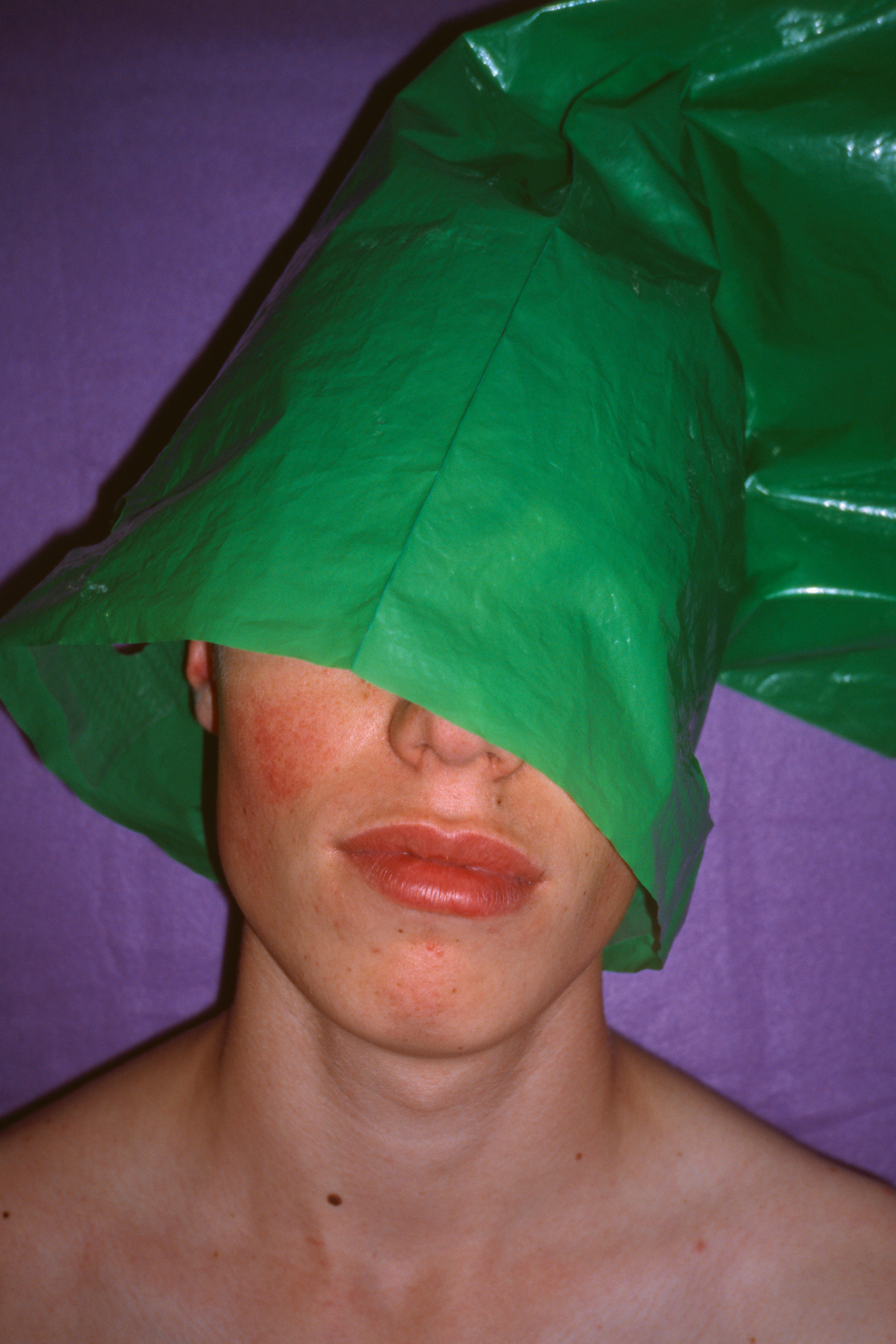
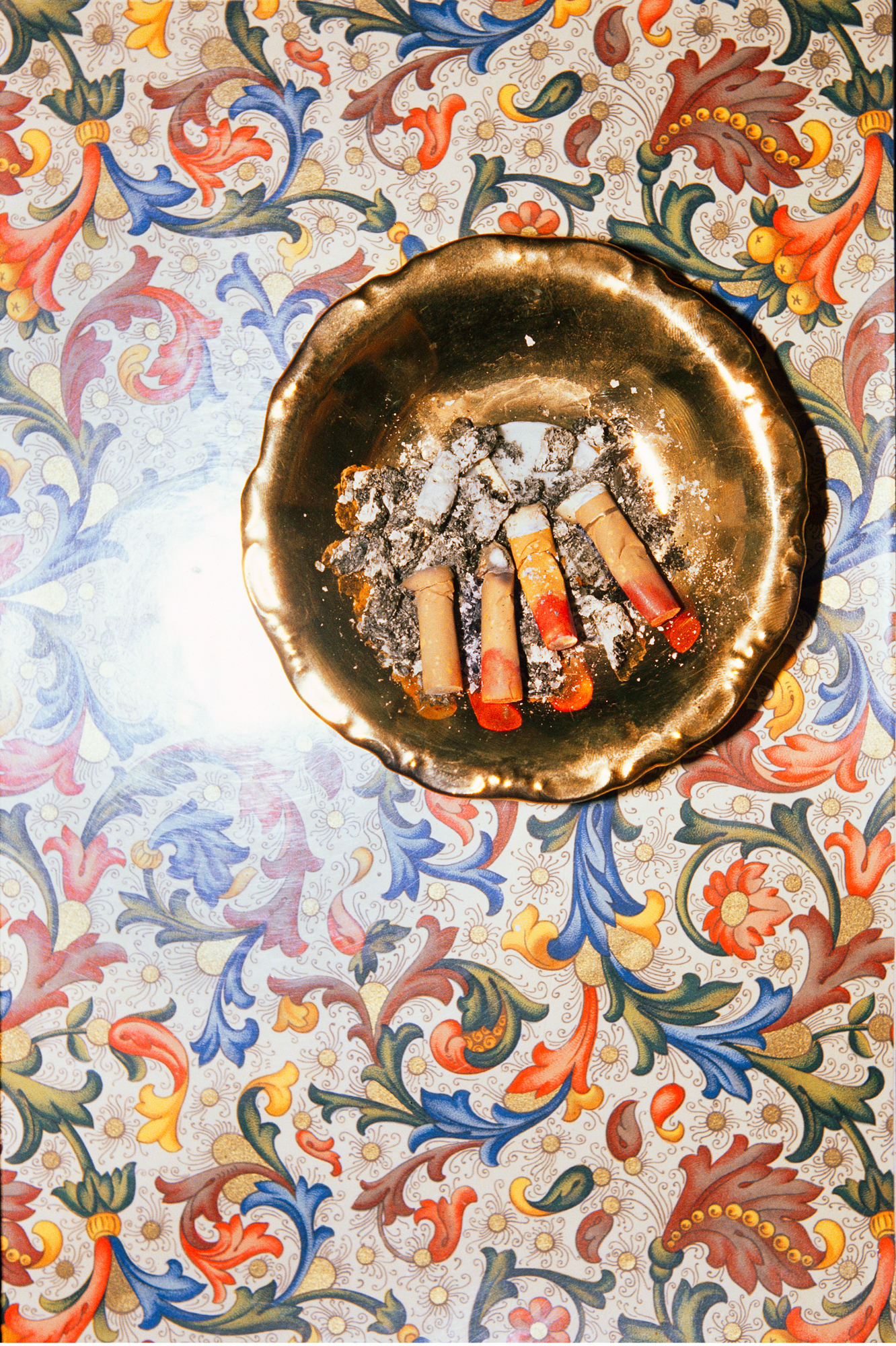
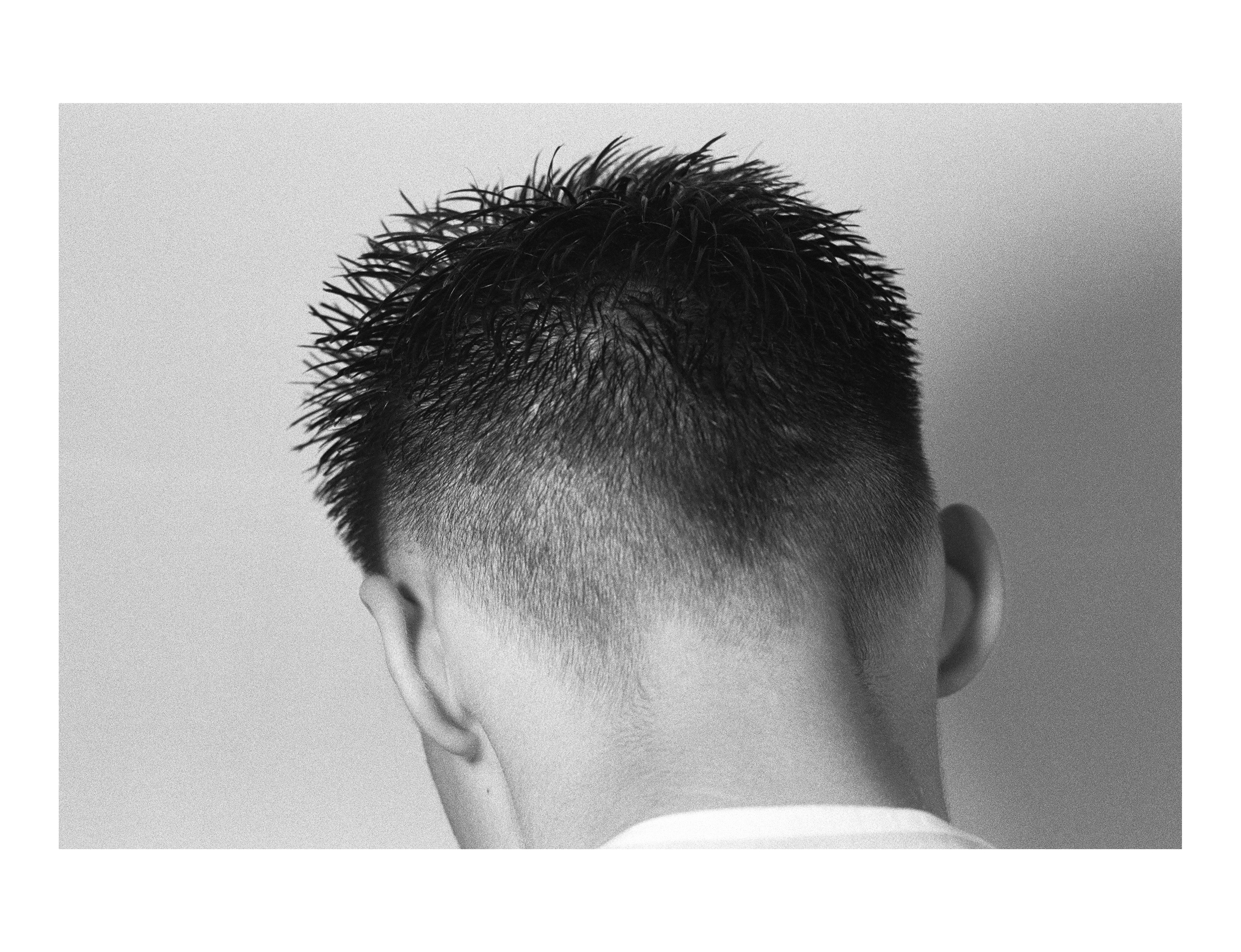
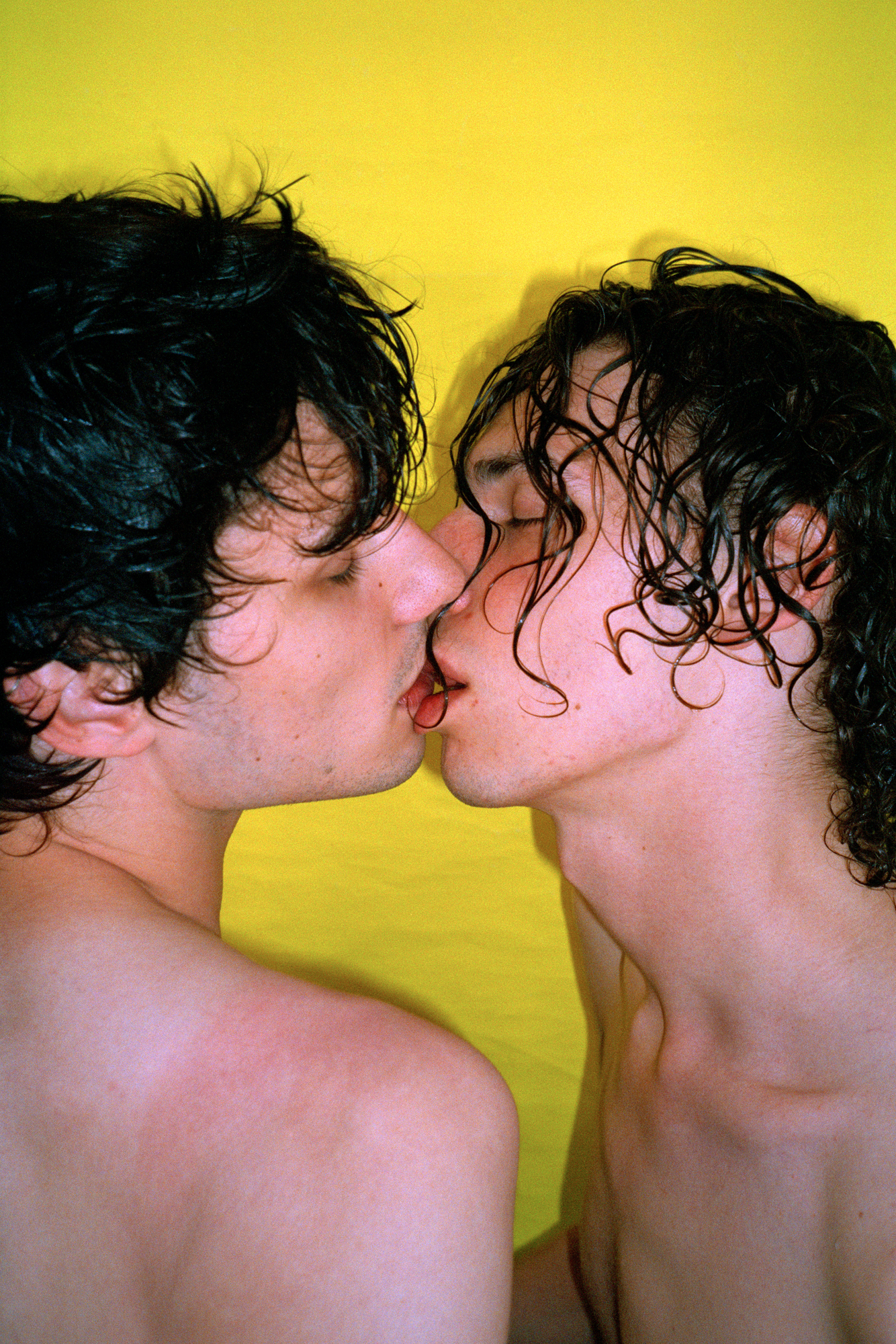
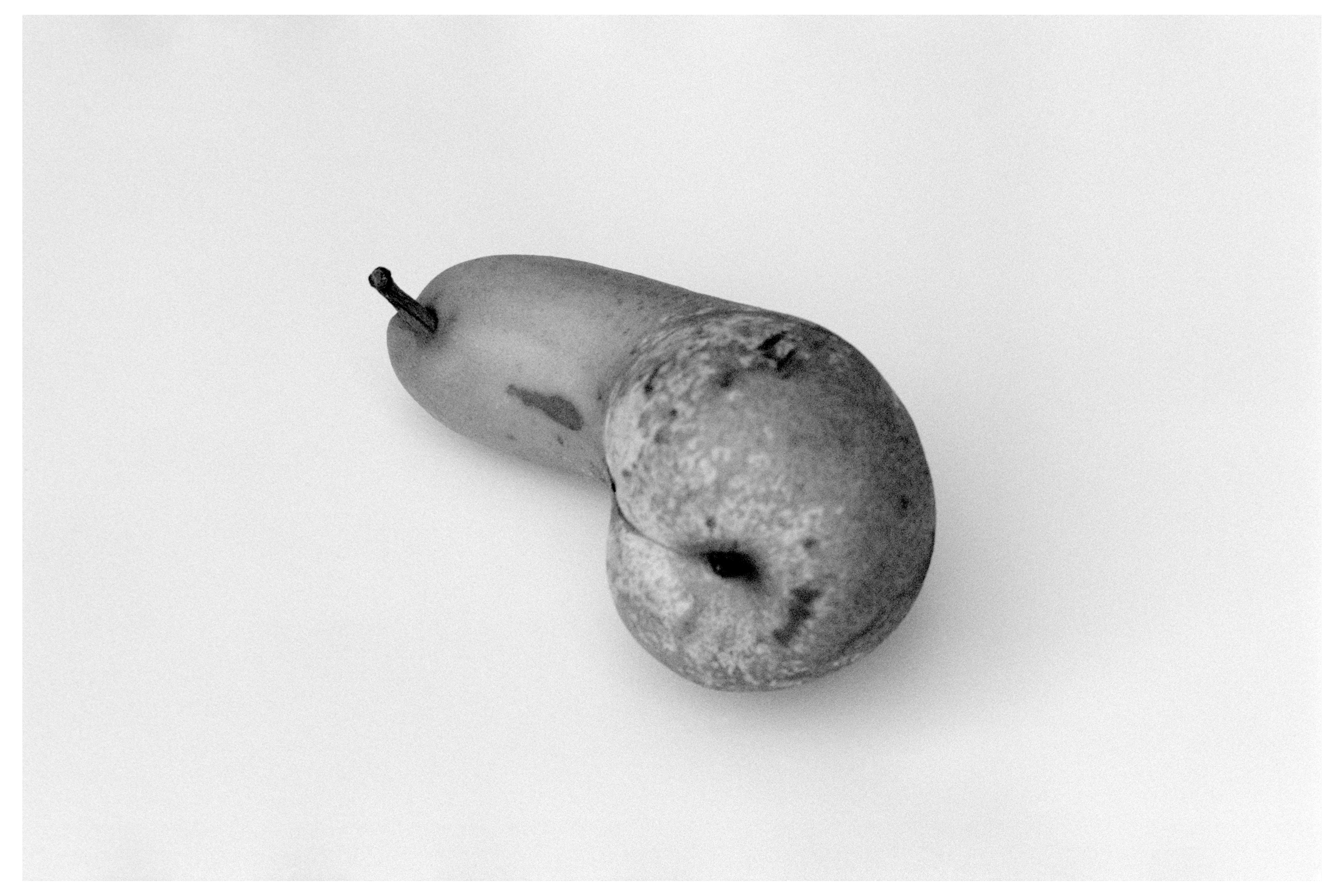





WTF IS PASSING???
A not admitting of the wound
Until it grew so wide
that all my life had entered it
and there were troughs beside
a closing of the simple lid that
opened to the sun
until the tender carpenter
perpetual nail it down
Emily Dickinson
My girlfriend is writing.
She is both restless and concentrating at once.
She turns in her chair, she asks, “What do you people ask you again? When they ask you where are you from... what do they ask? How often do you think you get asked?”
I’m sure what she’s drafting will be beautiful, and will strike me when I read it; she is a thoughtful and brilliant writer. But I am taken aback by this question, I wasn’t expecting to be asked about these experiences.
I tell her, white people tell me I am white, brown
people insist I tell them I am brown.
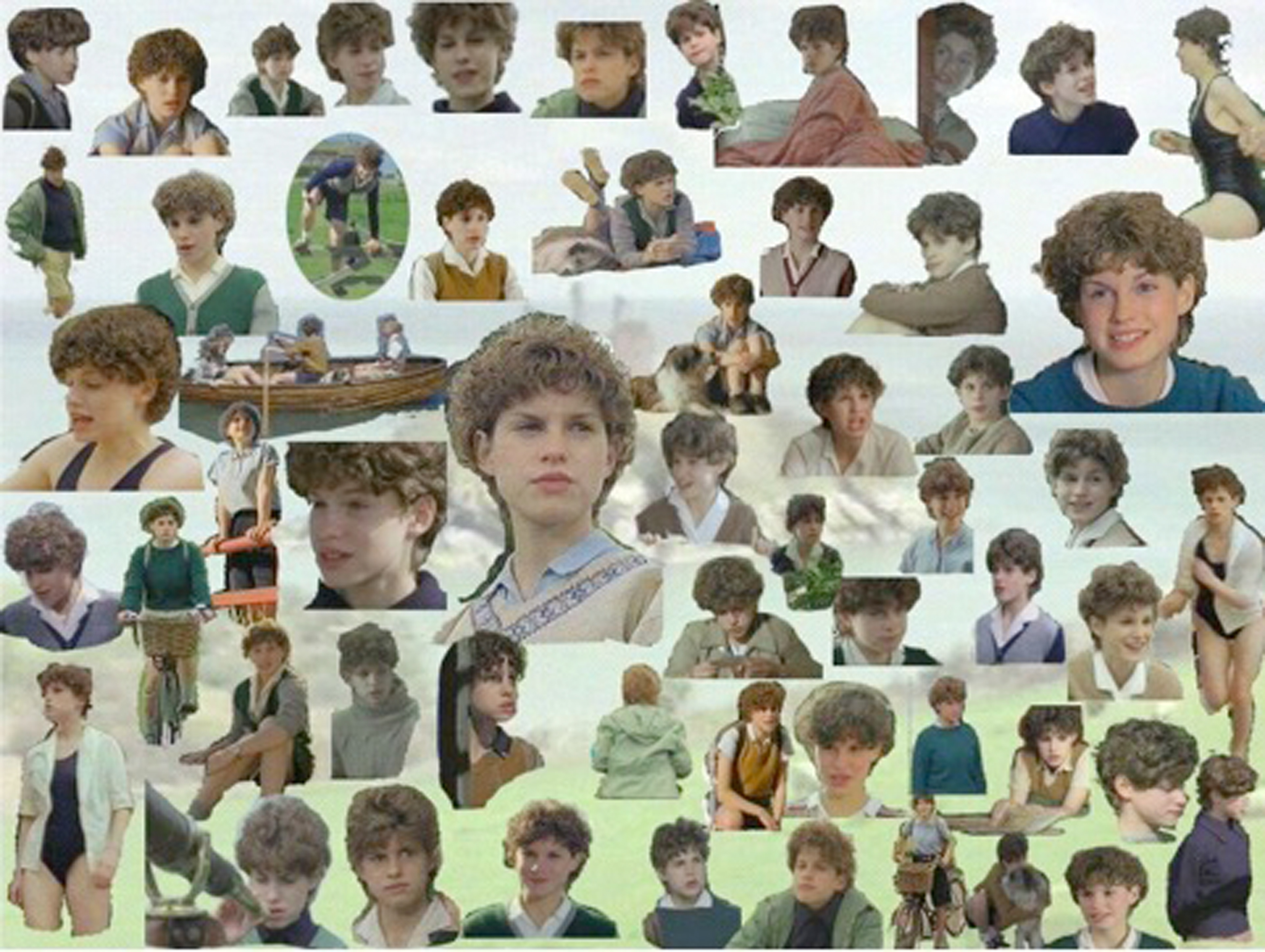
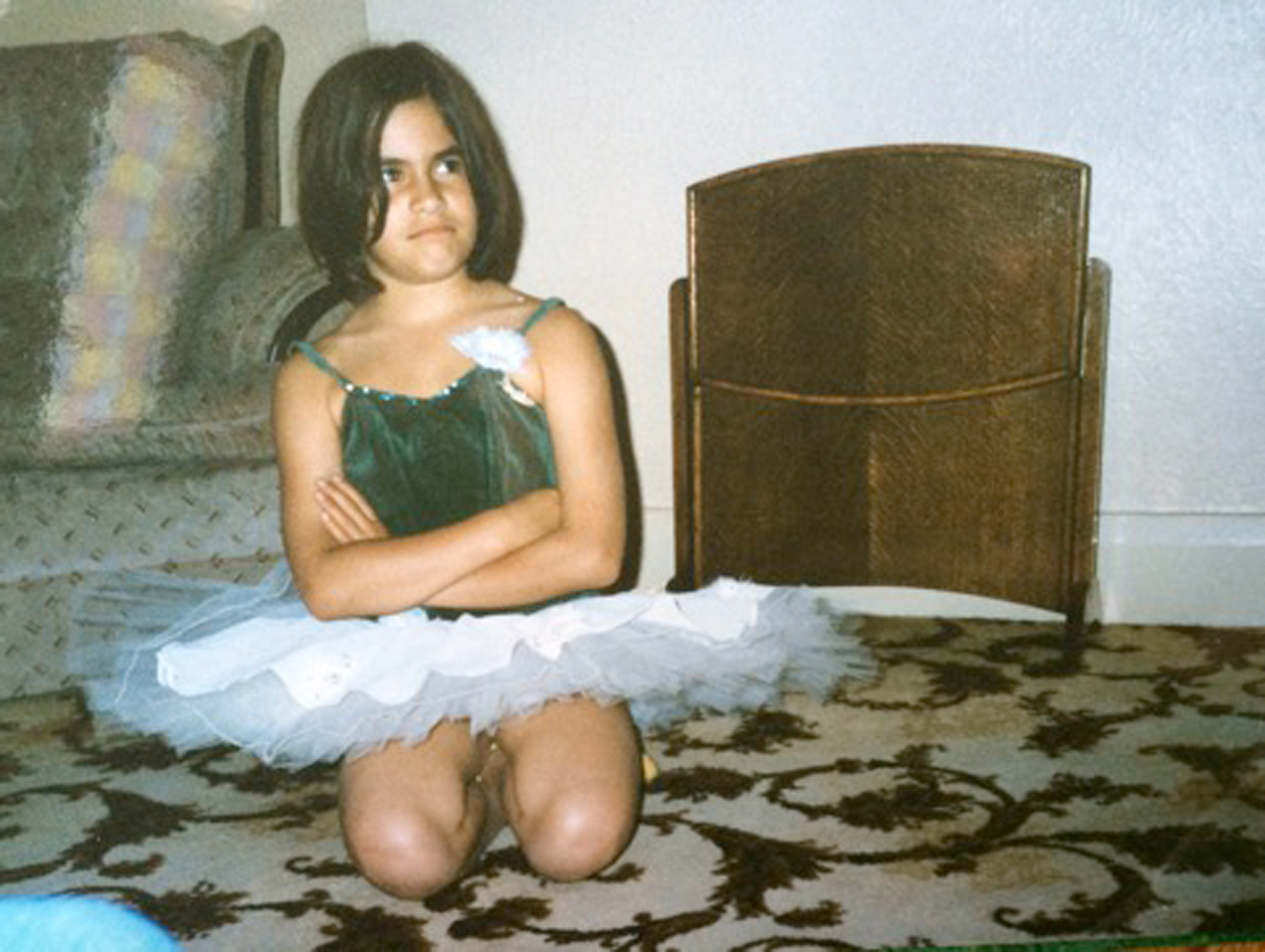
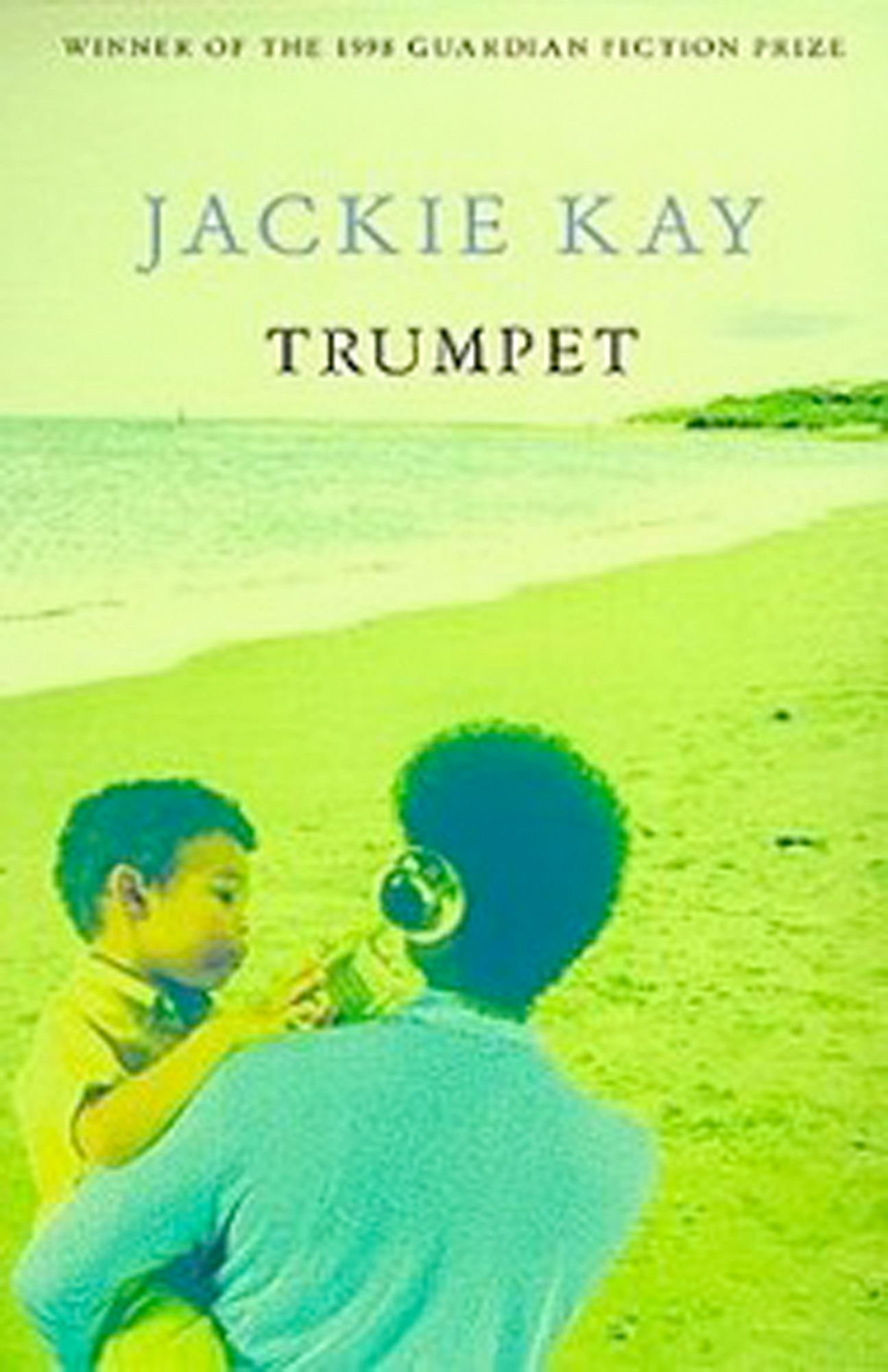



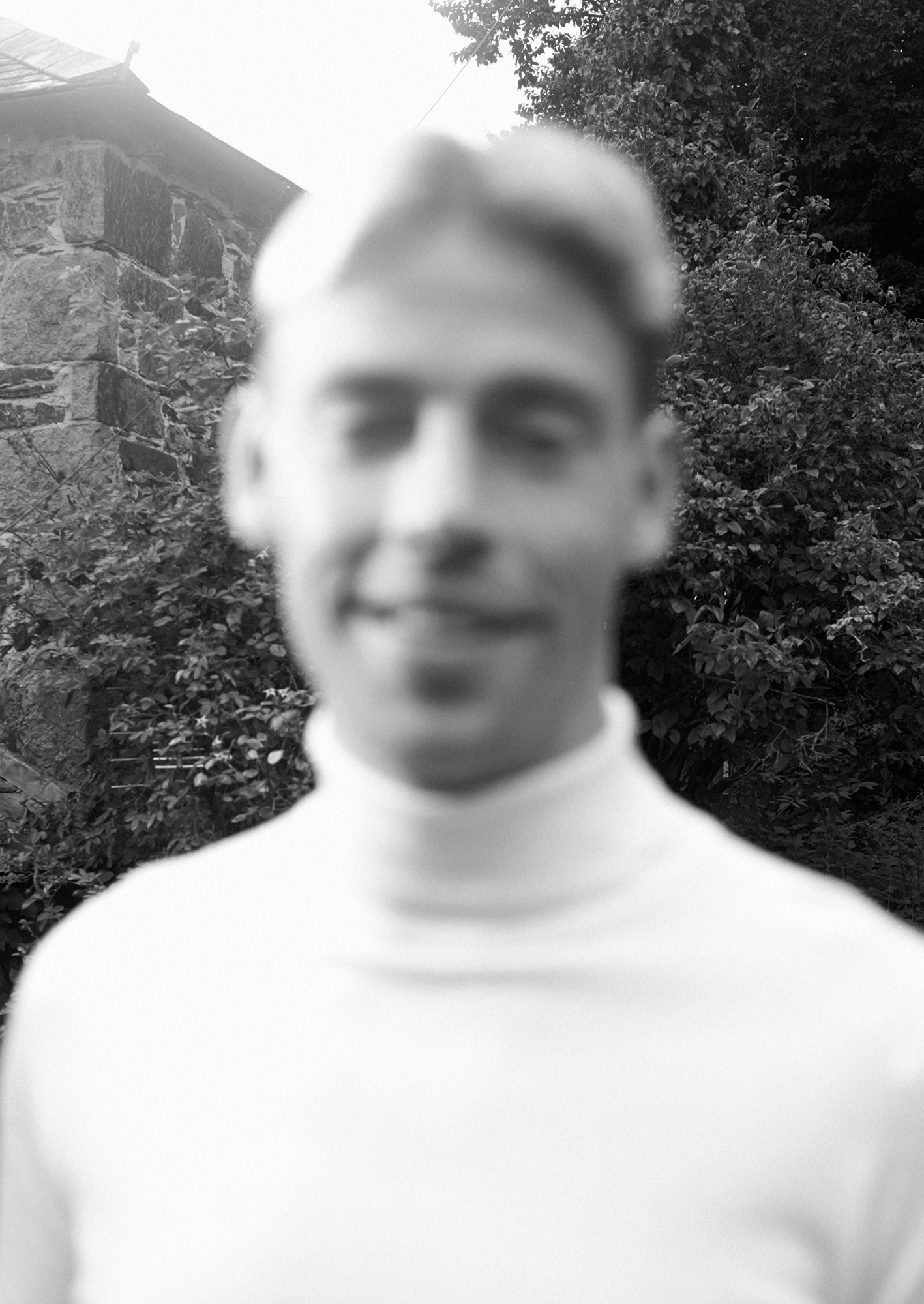
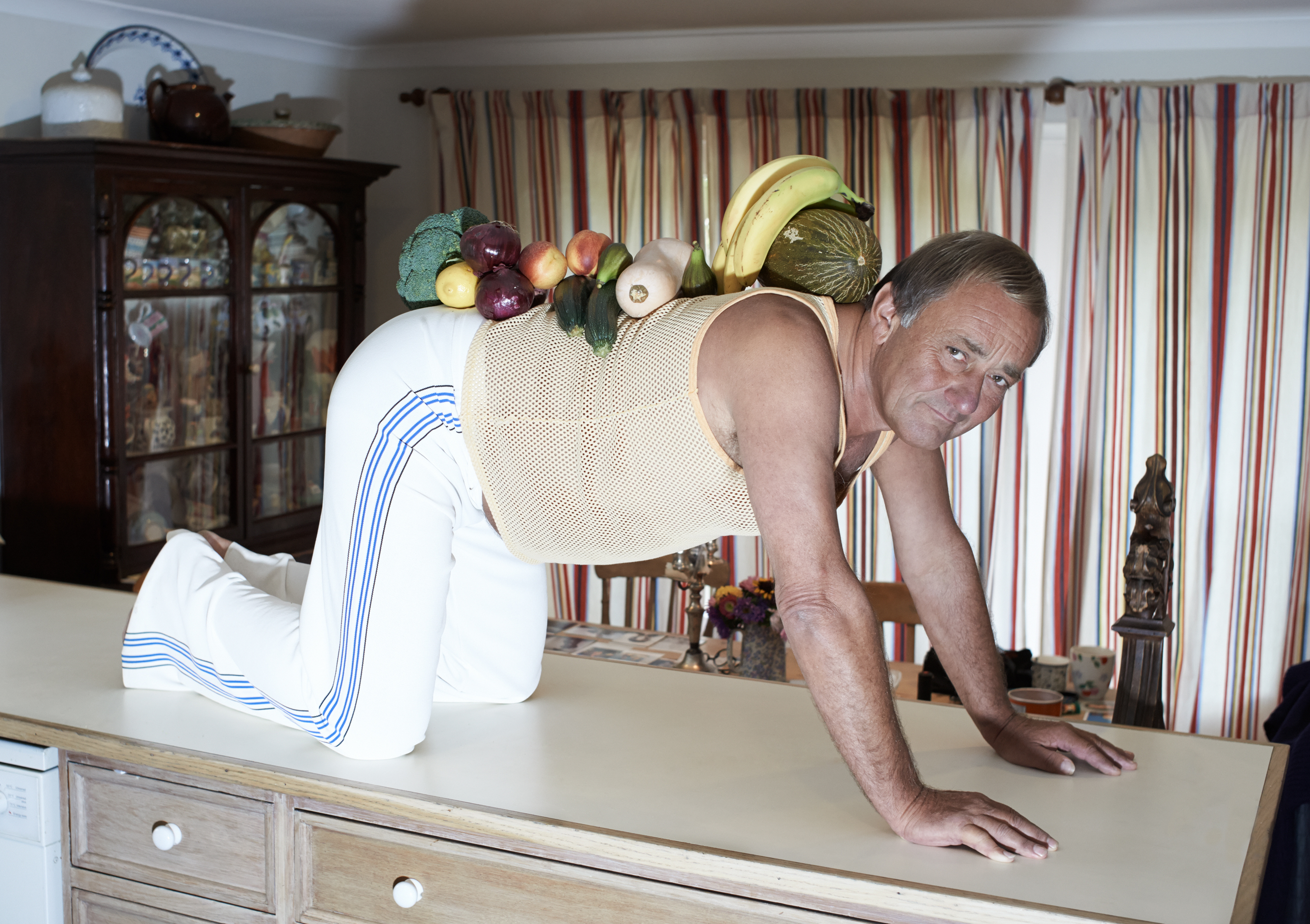
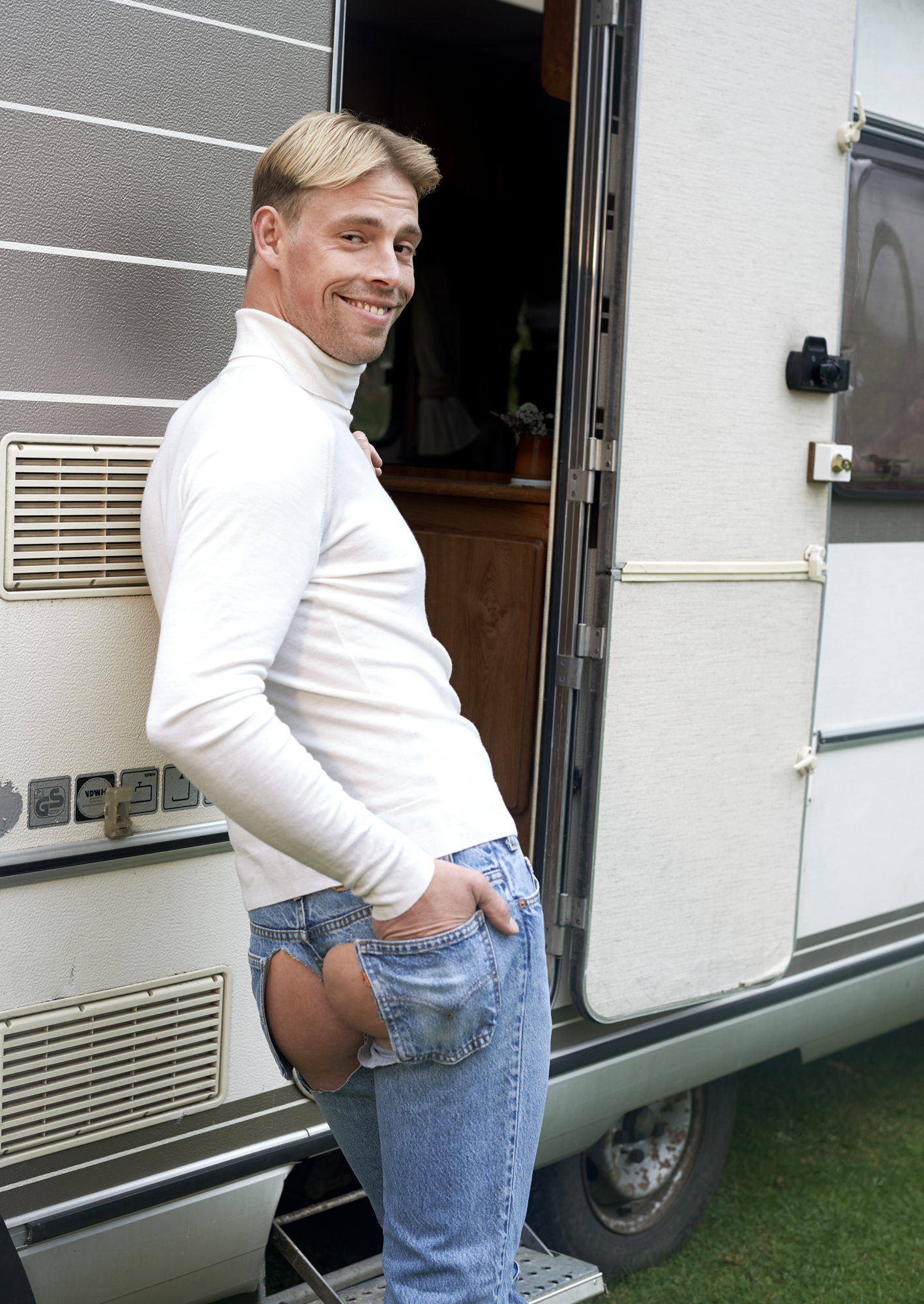
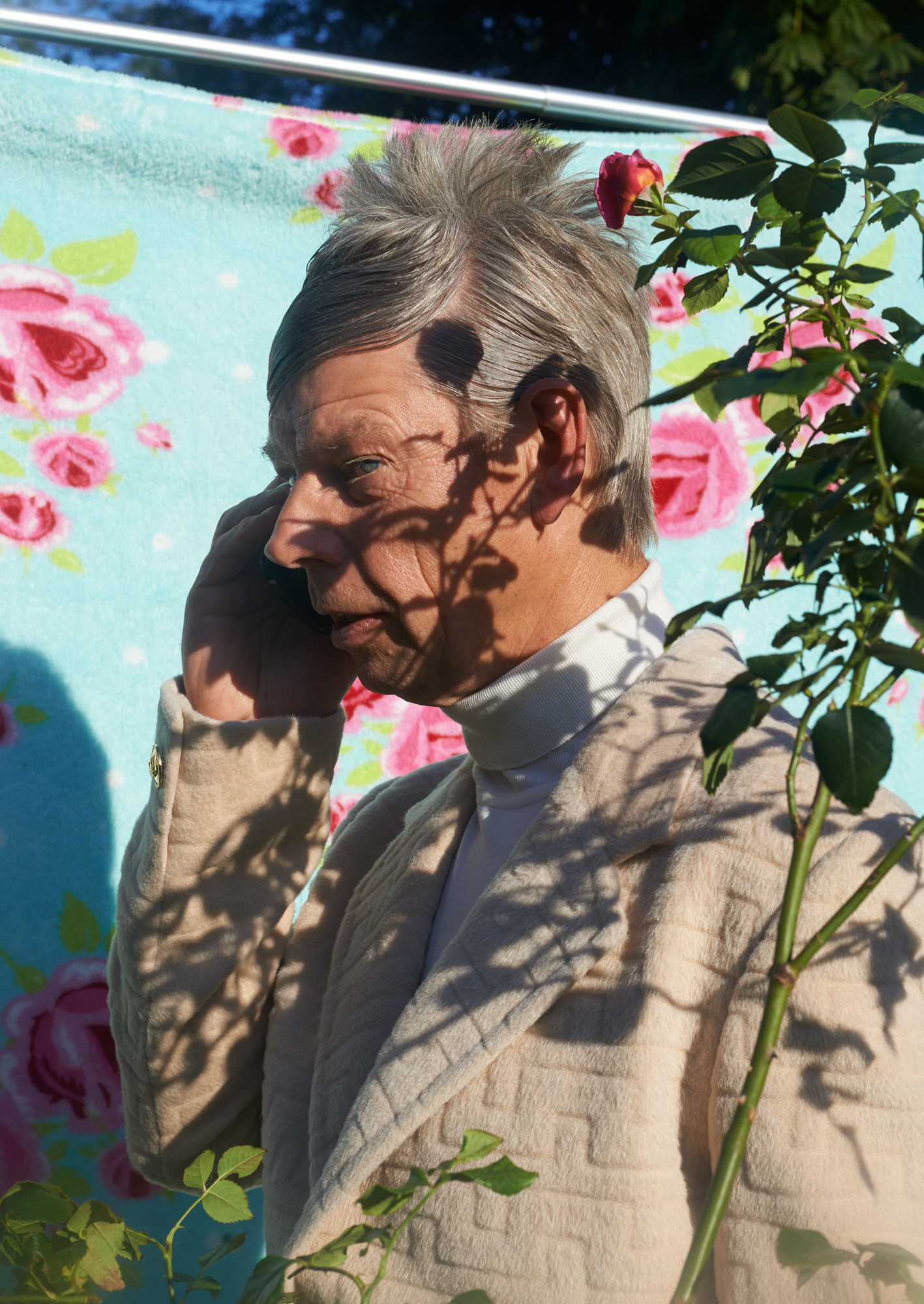
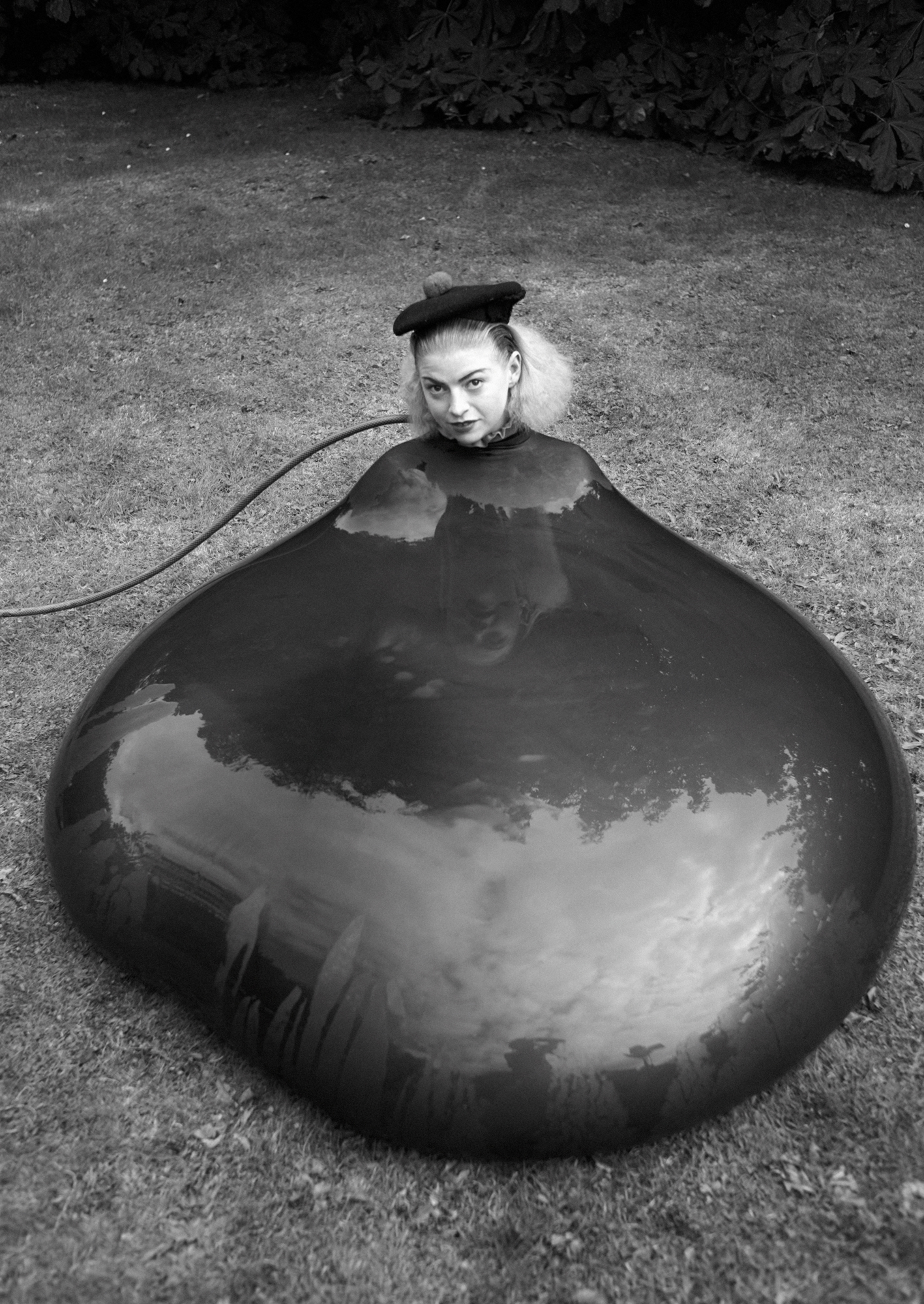
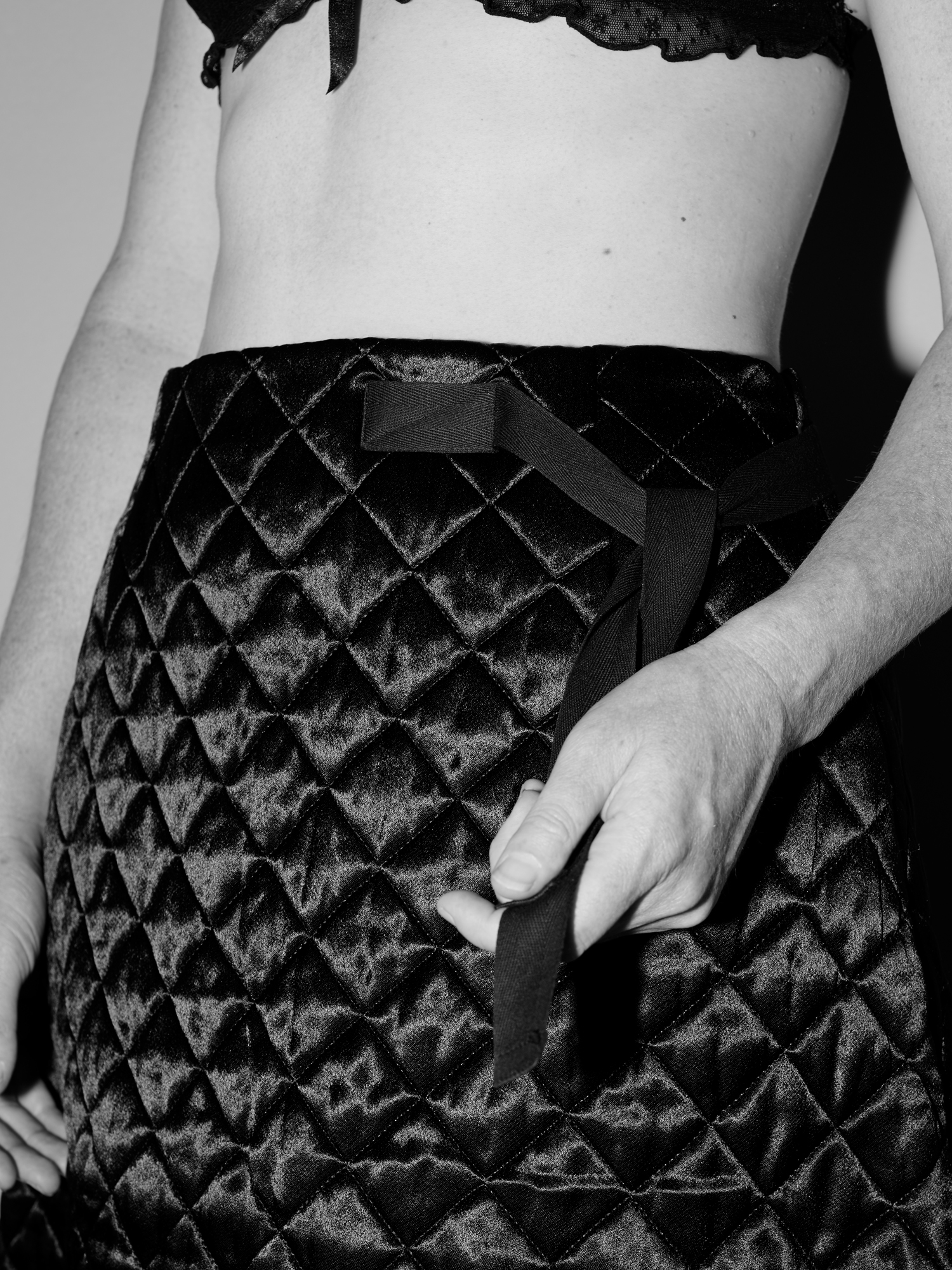

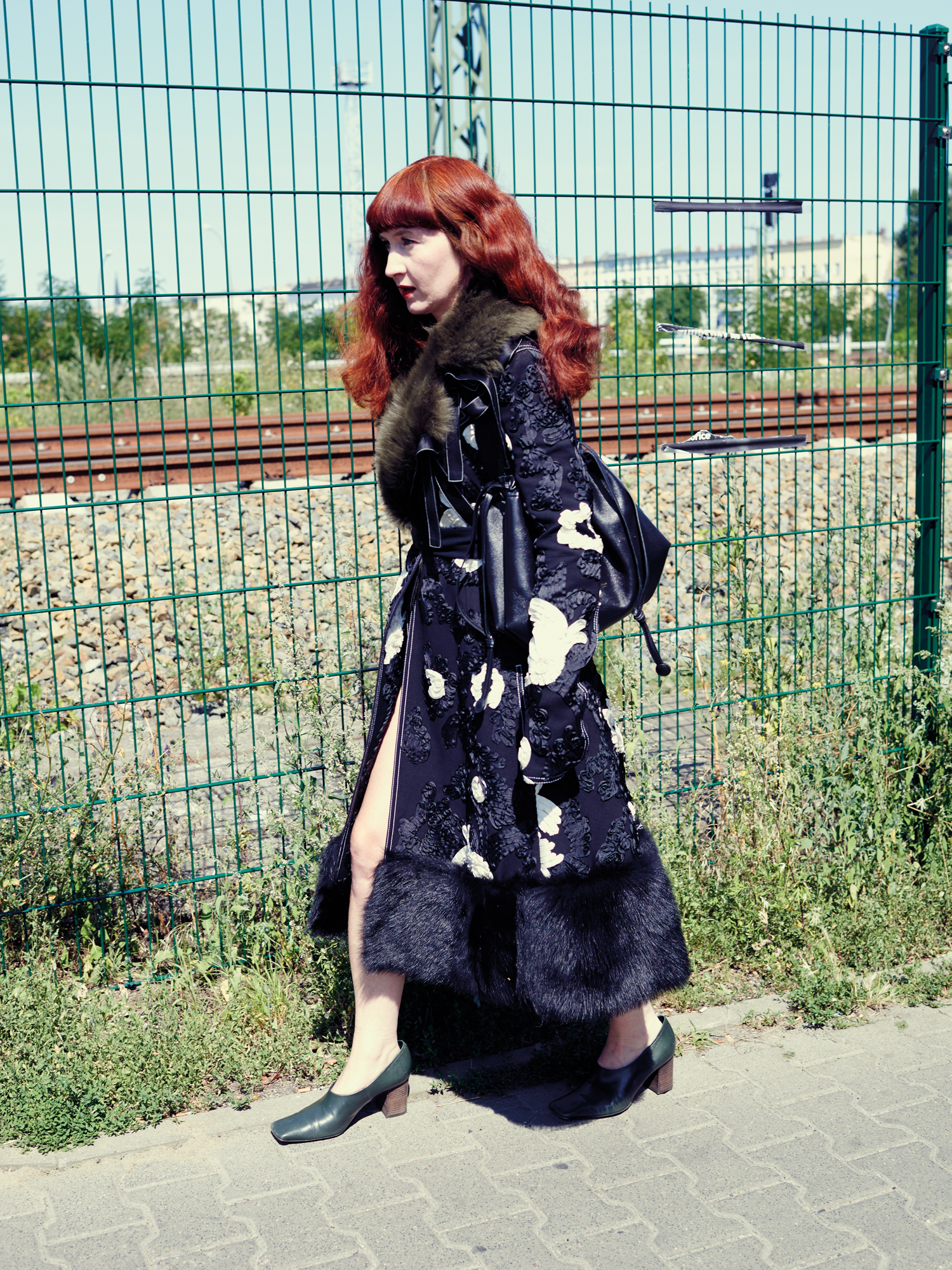
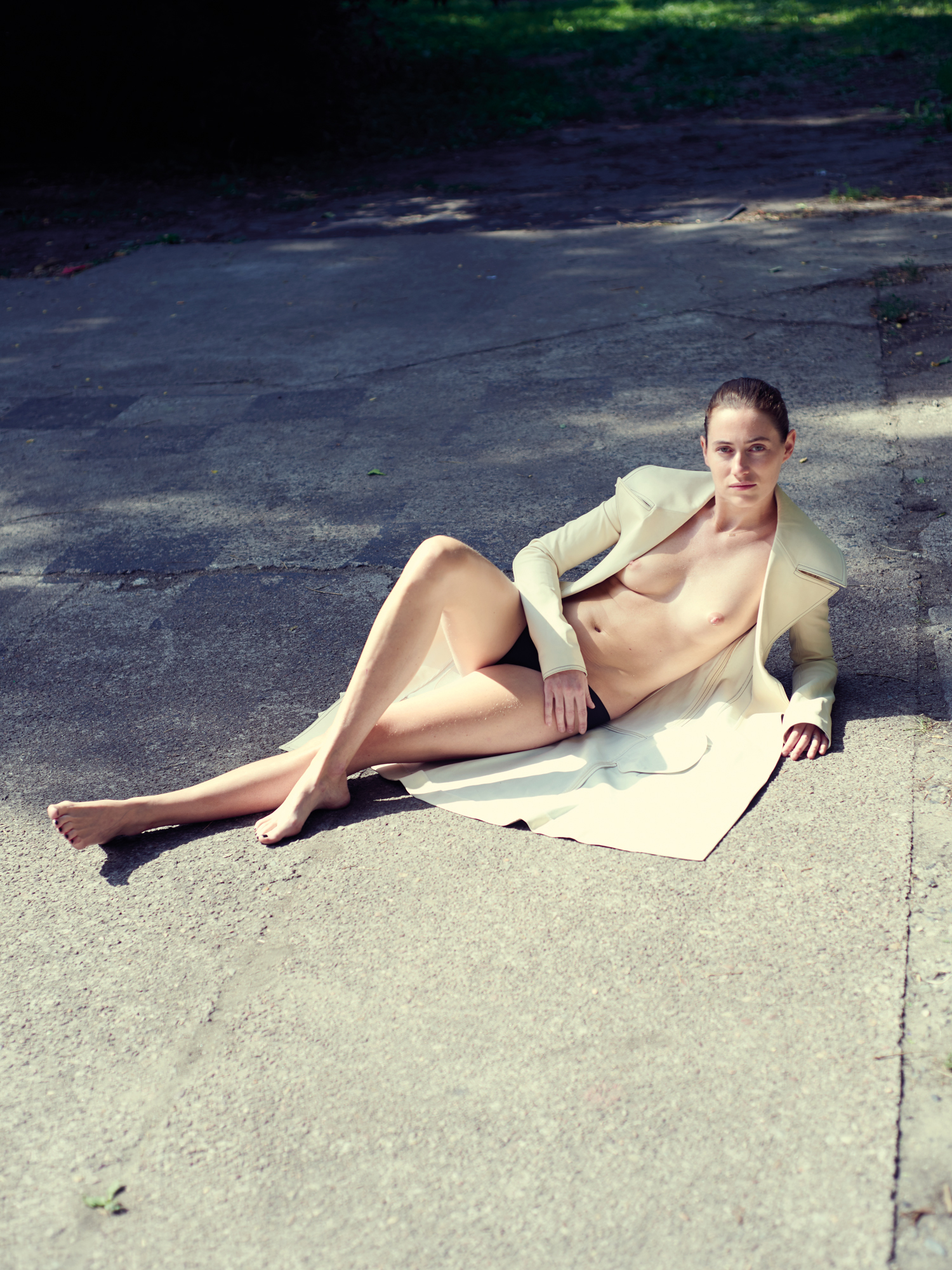
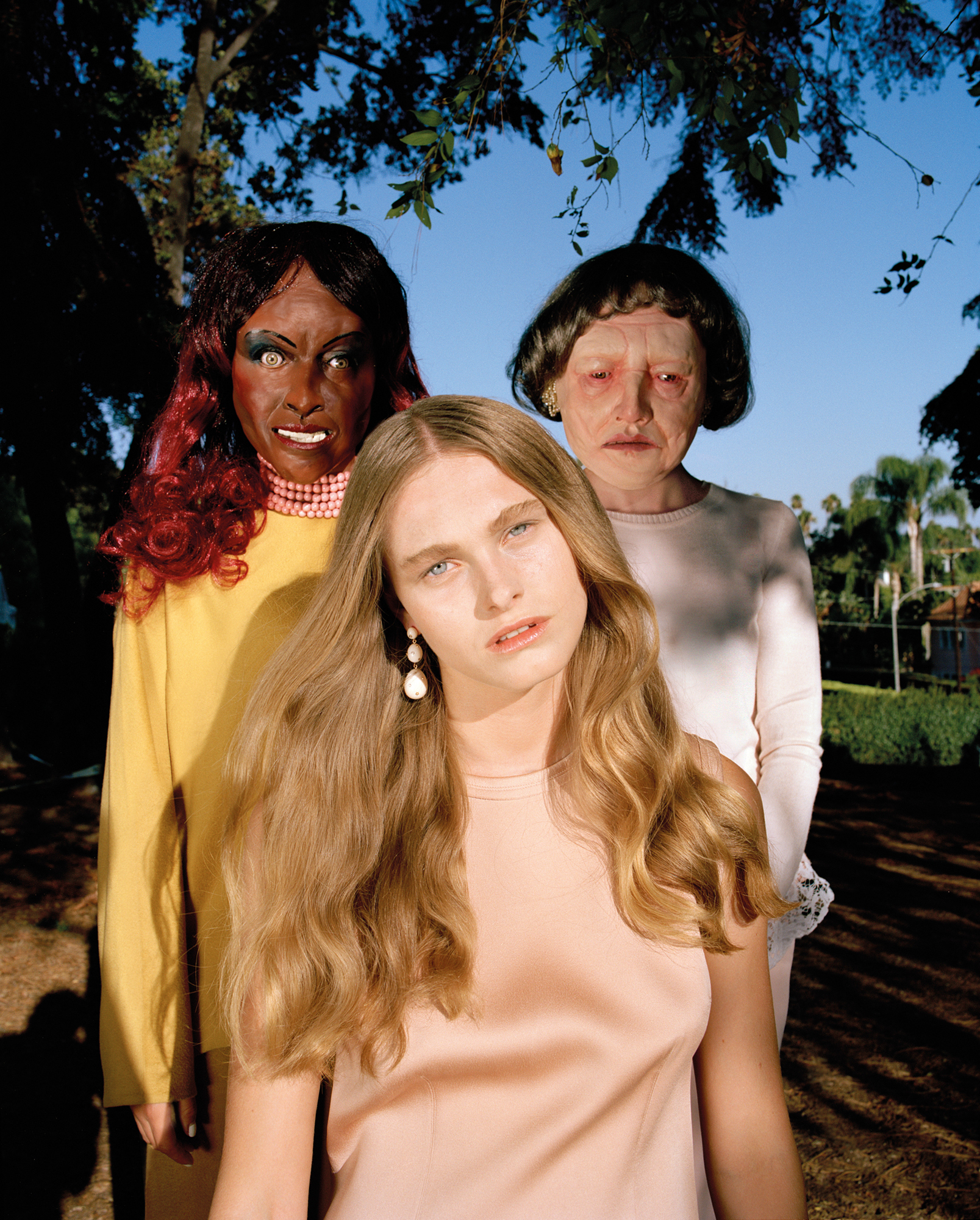
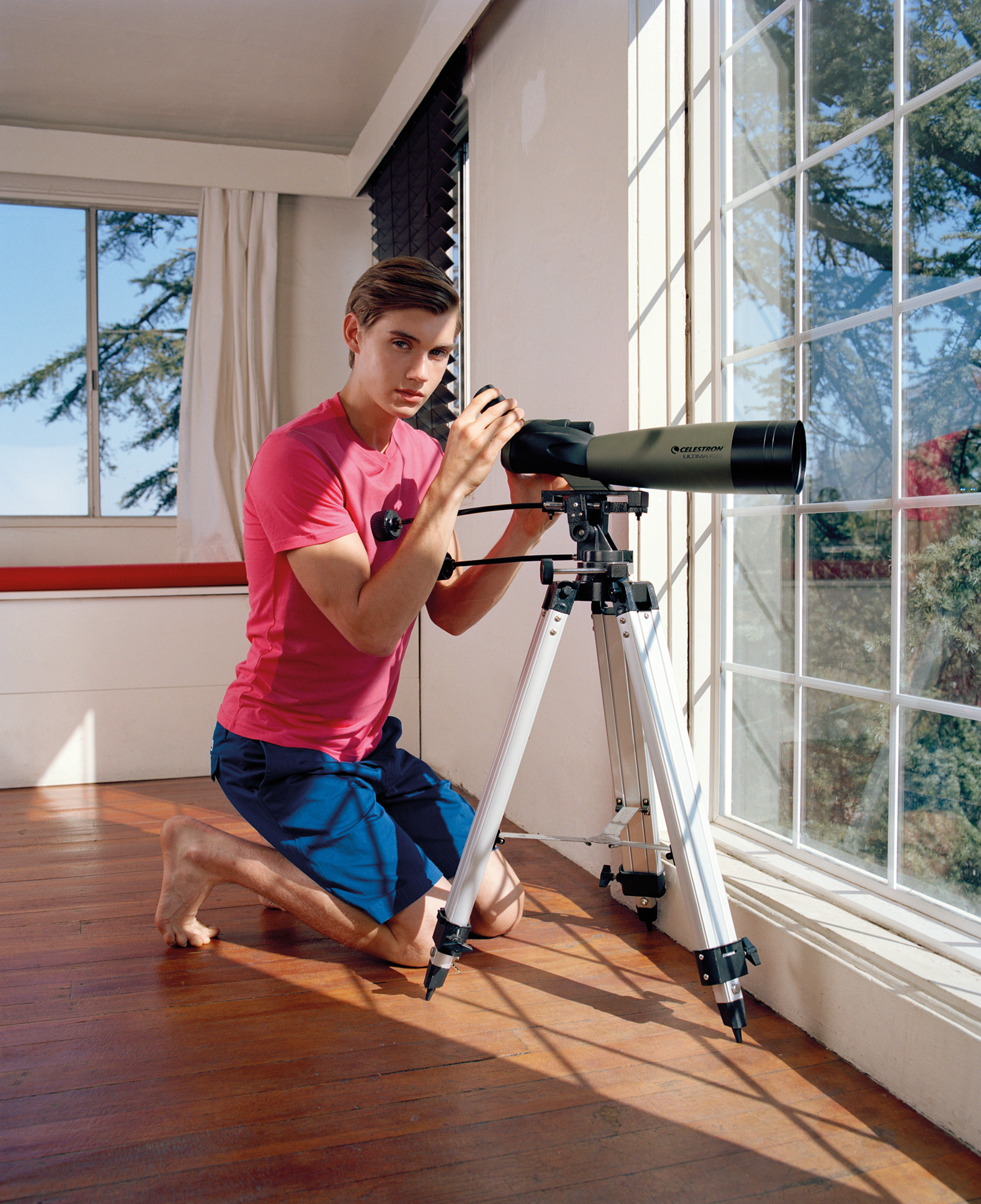
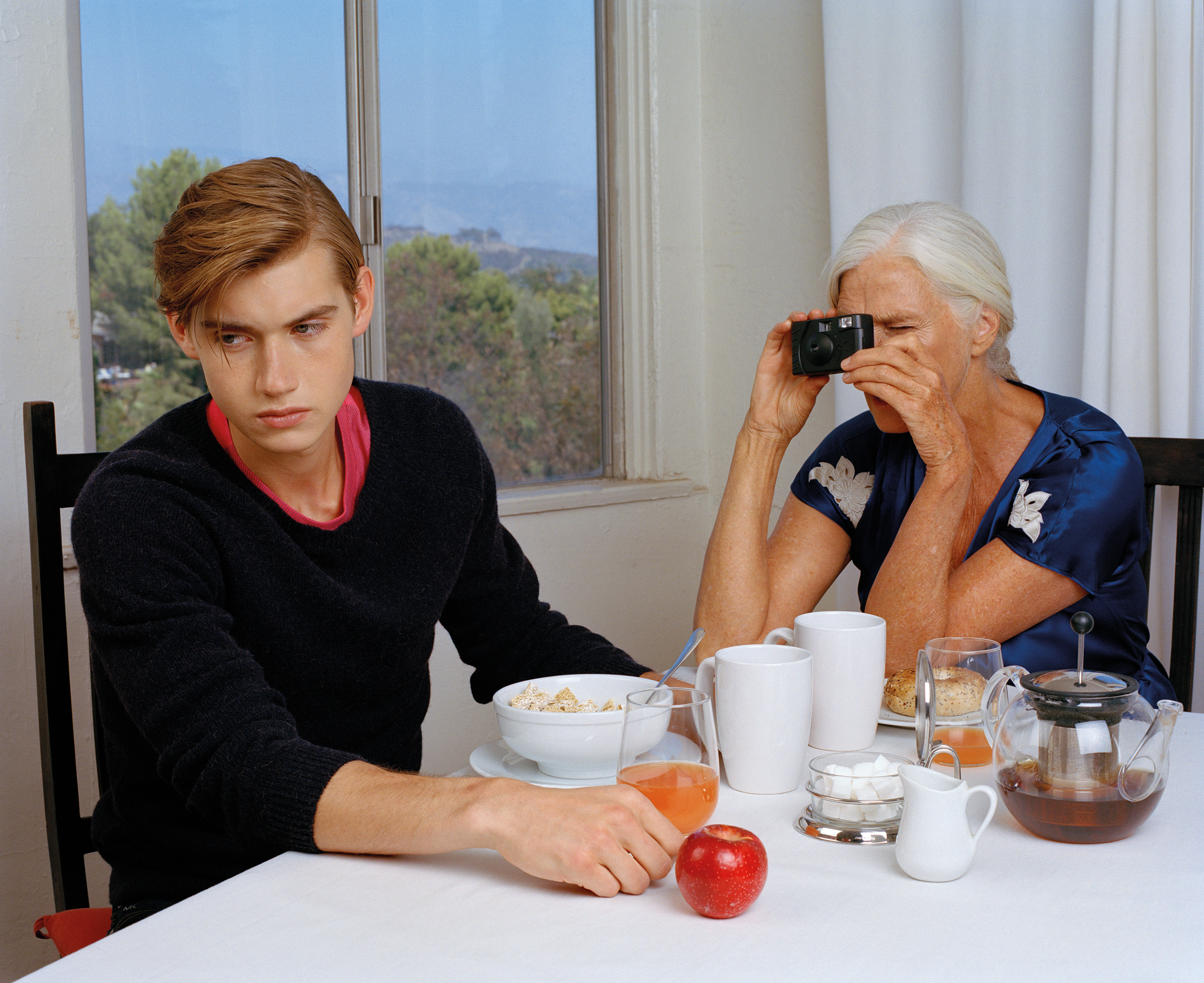

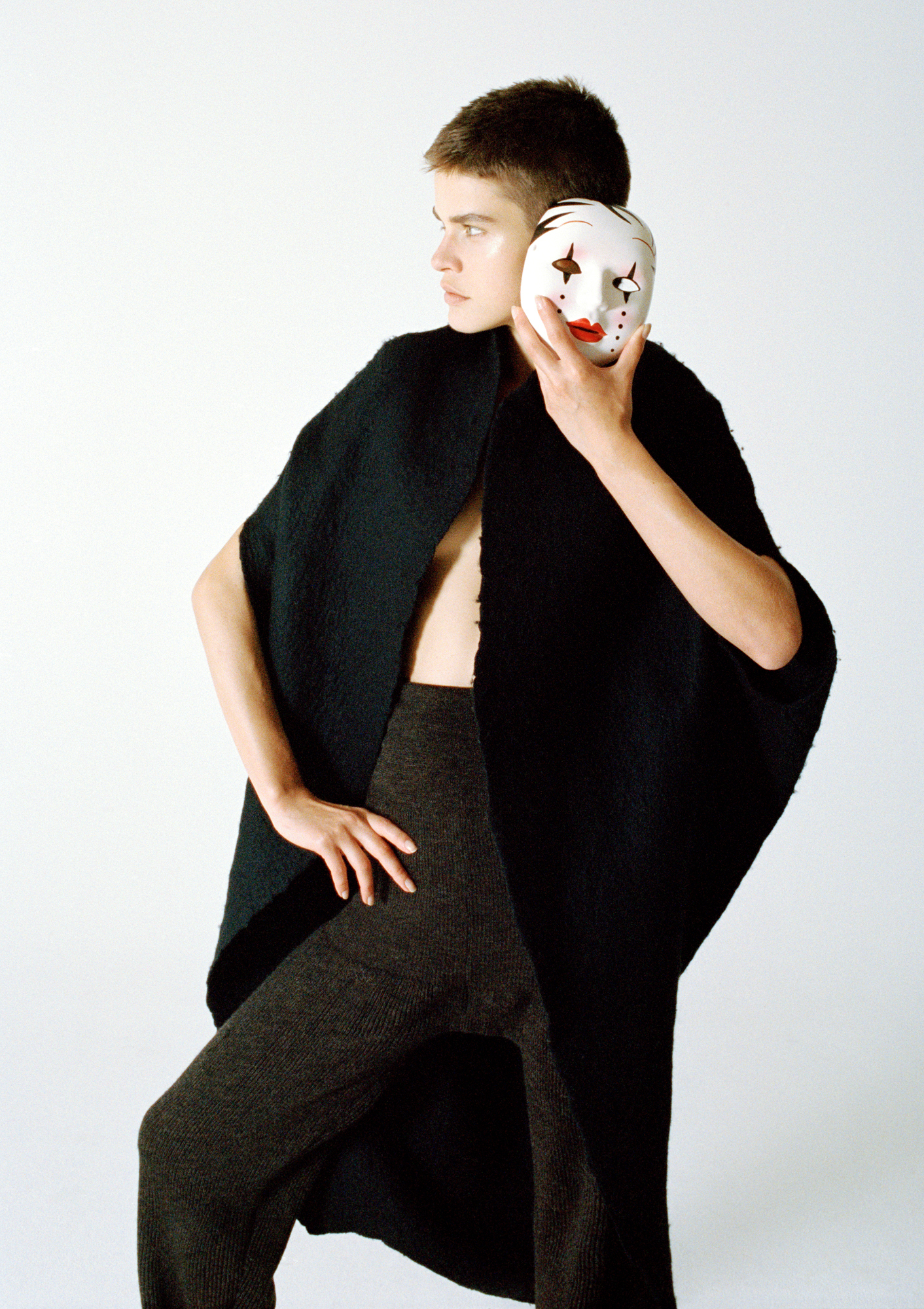
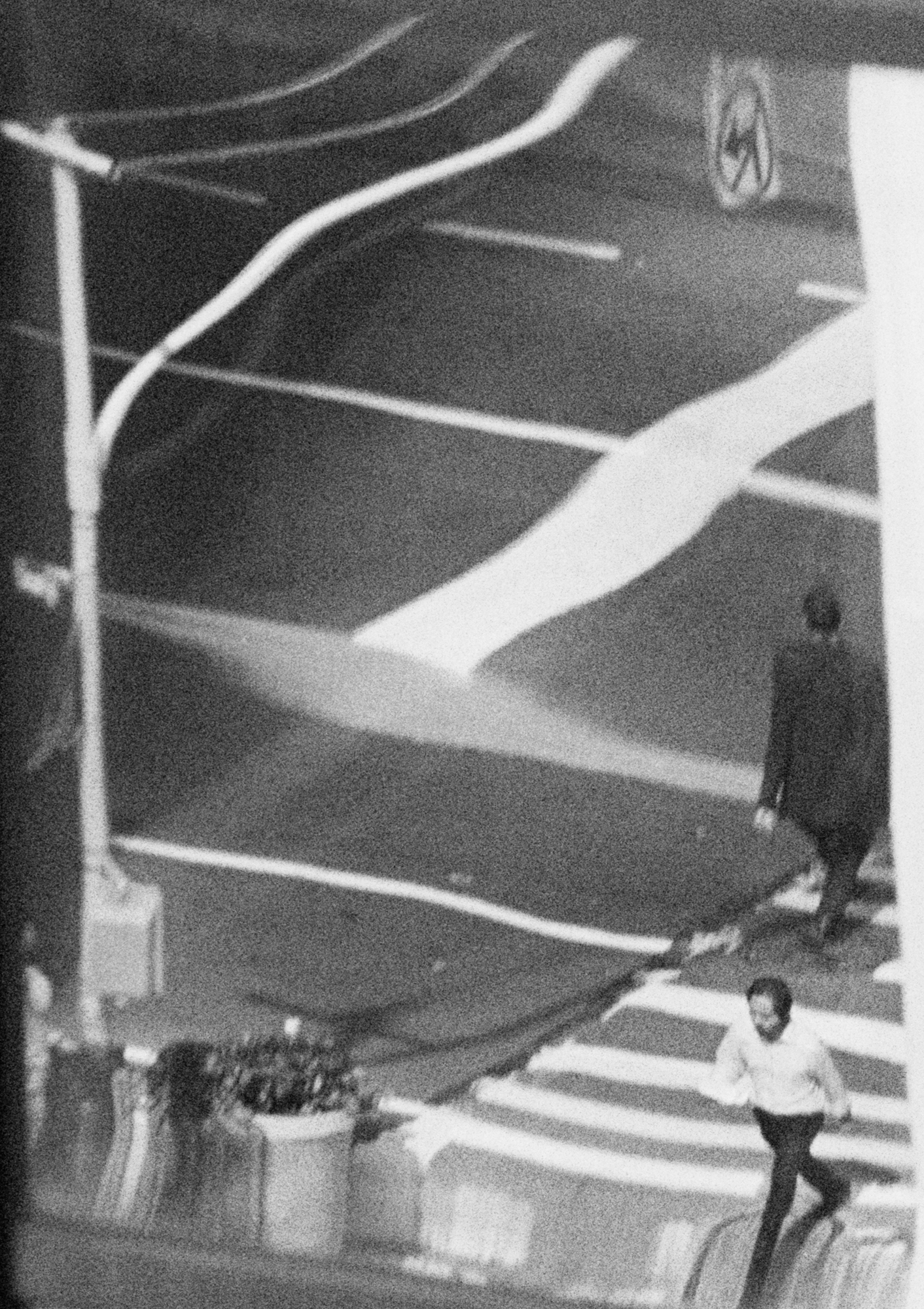

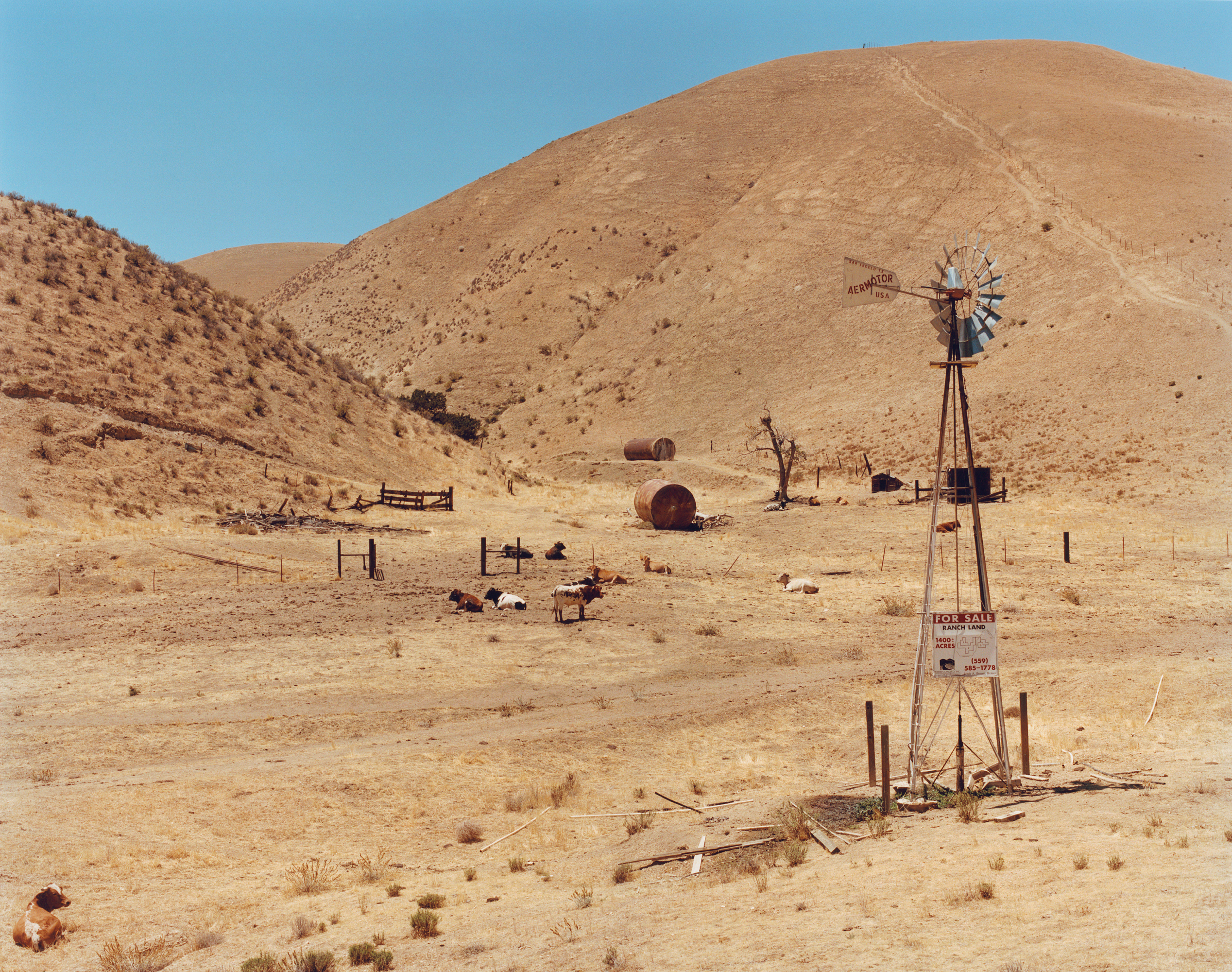
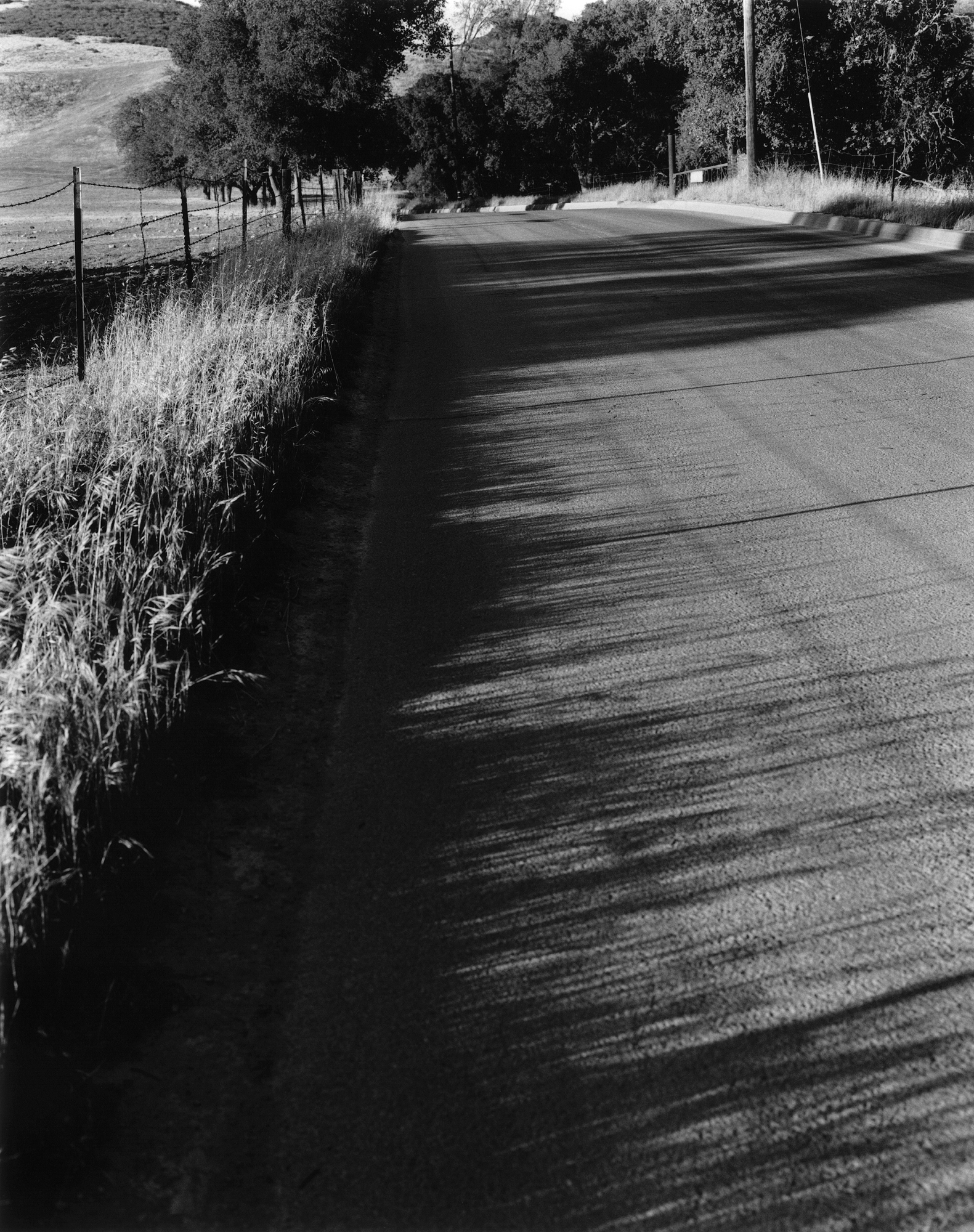
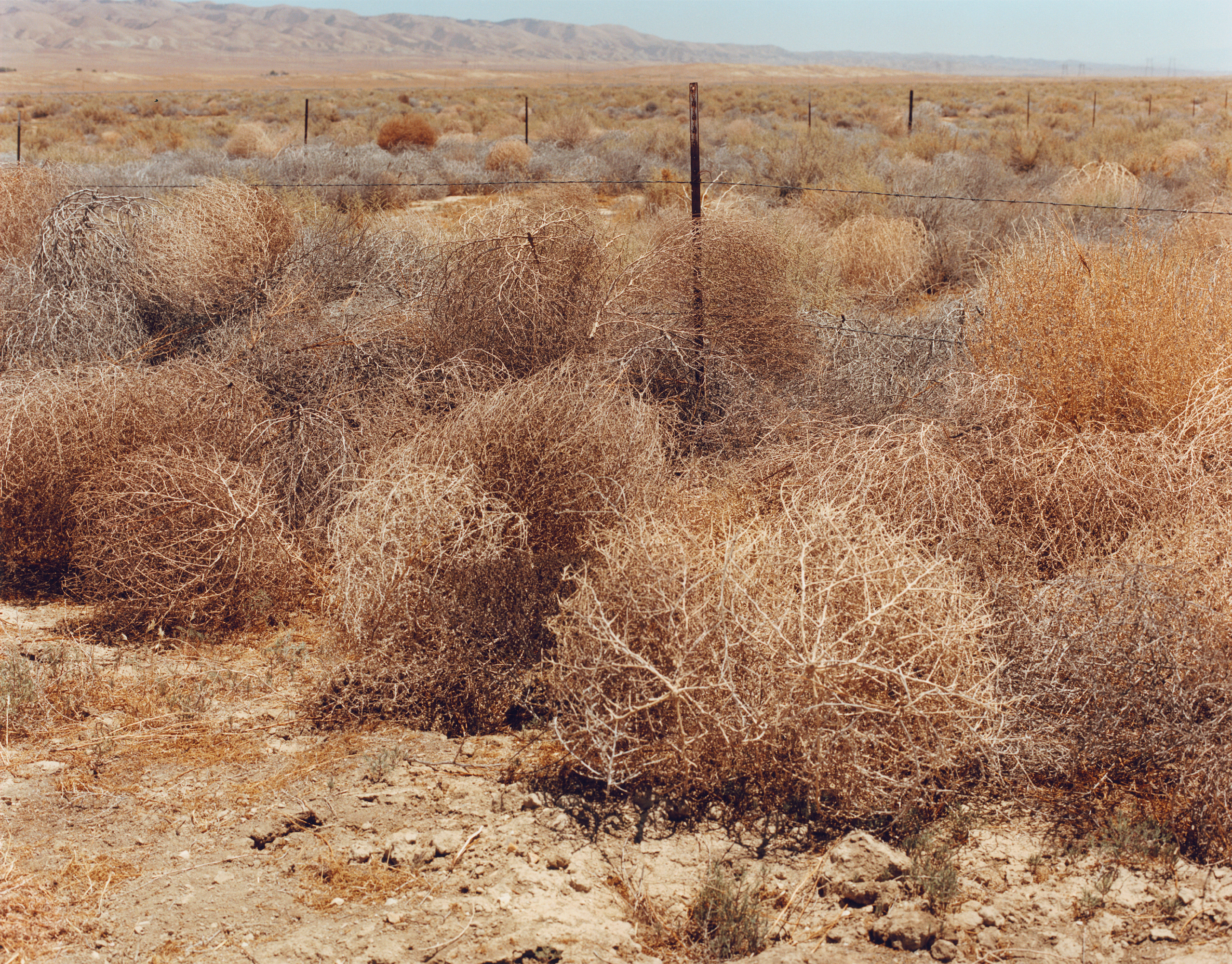
THE RAVENS
Wilds stretch from here to miles away and far away. South Bristol where the last scraps of estate meet the first steep rise of grass; the start of the hills. Outward from here is mile after mile of nature. Stood here, beneath the pylon of the mobile phone mast, I look over this city and trace with my eyes the winding route of the 61 bus. I follow it from the fractured council estates through to the more dense forms of the wealthy city in the distance.At my feet high-rises stub out of the ground, bracket shaped residential blocks stand on concrete platforms, and hardened little terraces with wasted lawns make short curled lines. A flat grass common, that lies between the tower blocks and the terraces, where at dawn you’ll find burned out cars and black crop circles.
NONE OF YOU KNOW WHAT YOU'RE LOOKING AT
We appear to be present at the dress rehearsal for some
disastrous reoccurrence. In the 1891 revised version of
Oscar Wilde’s The Picture of Dorian Gray, the artist Basil
Hallward sets off for Paris, intending to take his greatest
creation with him. In the 1961 movie release The Rebel the
artist Anthony Hancock sets off for Paris, intending to take
his greatest creation with him. One is an artistic triumph
that ends in tragedy – the other a miserable failure played
out as a comedy. Seventy years may separate the two
stories in their telling, but very little else.
QUEER MYSTICISM, FERAL COMMUNISM & THE BODY OF TEXT
Started from the primordial soup, now I’m here. The terms of this title are a sequence of trojan horses I use to avoid explaining, to evoke and access space outside of explanation or representation when I know that is what is being demanded of me. To defend myself I’m going to conjure a vast deceptively literal archetype and hide behind its almost-already potential, and align myself with the conceptual spirit world. Which isn’t to say that I don’t want to be here, or see my purpose as theory- troll; I actually love storytelling. My starting point is assuming earnest intentions, recognising that art and academia operate as mythologies, and trying to create and discover nourishing myths. For example: A folk tale of two brothers, or lovers, called Deleuze and Guattari and their quest through the swamp to discover the secrets of roots, lives on through the generations to become a practice of putting tropical plants in white rooms and meditating on them to try and understand the world or a concept or the aura of the object of the concept.
BOUNDARY ERROR
For American families looking to add a sinister edge to an evening’s entertainment during the height of the Cold War, playing out a zero-sum nuclear fracas with the aid of a book, board game or simply that night’s TV schedule was a favourite choice. Nineteen sixty-two’s Cuban Missile Crisis was a conflict hosted largely in the minds of an ecstatically paranoid public, the news media animating the various destructive possibilities across maps indicating the plausible past and future positions of military units, as well as the arrows showing probable missile trajectories. If you wanted to have a hand in the action yourself, at that time you would have likely turned to Summit, a global strategy board game released in 1961 whose premise eerily predicted the conflict that threatened two world super powers with mutual destruction but a year later. After that crisis was averted, sales of Summit soared, while the popularity of constantly rewriting the narrative on which it was based would inspire board games makers and their audiences for the rest of the century.
‘Exterminans –
what a word to sum up
Charles Manson’
(Ed Sanders, The Family, 1971)
Over the past ten hours, two of Joan Didion’s unforgettable passages had become mantras. ‘Many people I know in Los Angeles,’ I rehearsed, the Boeing doubling back over the Pacific to land in LAX, ‘believe that the ‘60s ended abruptly on August 9, 1969, at the exact moment when word of the murders on Cielo Drive traveled like brushfire through the community.’ The other, Slouching Towards Bethlehem’s opening paragraph, interjected as the landing gear dropped:
The centre was not holding. It was a country of bankruptcy notices and public-auction announcements and commonplace reports of casual killings and misplaced children and abandoned homes... It was a country in which families routinely disappeared, trailing bad checks and repossession papers... People were missing. Children were missing. Parents were missing. Those left behind filed desultory missing-persons reports, then moved on themselves.
'It is an act of consummate self-determination –
the constant re-establishment of the parameters of one’s being’
(Joyce Carol Oates, On Boxing)
In 1996, two New York University film students carried a
handheld Sony camcorder through the streets of Brooklyn
into a boxing gym, capturing footage which became
the extraordinary documentary feature On The Ropes
(1999). Working on a college assignment, the filmmakers
Nanette Burstein and Brett Morgen had intended to
detail the individual stories and training regimen of three
young boxers, Noel Santiago, George Walton and Tyrene
Manson–all regulars at the New Bed-Stuy Boxing Center
(which Burstein also frequented)–along with those of
their remarkable coach Harry Keitt. Captured as cinéma
vérité over a 3-month period in mid-90s New York, the
outcome is a profoundly moving piece of work which
documents not only of the immediate experiences of the
young people and their mentor, but the subject’s situated
social histories, variously riven with the inequalities,
poverties, and modes of oppression that so characterised
late 20th century America.
AN INTERVIEW
RETO SCHMID: Okay, so I have some key words for you to talk about.
WALTER PFIEFFER: If it’s not too difficult!
RS: Let’s start with ‘achievement’.
WP: You mean what I’ve achieved with my photography?
RS: Yeah, I mean, you’re in the one of the biggest photography agencies and you’ve shot for some of the biggest fashion magazines. Do you think you’ve achieved everything you wanted?
WP: I never wanted it to be like this, it just came. I was aware of those magazines but they were never my goal. It happened, step by step. I had big luck starting with the big magazines at the beginning but it could have changed in another direction, if the photos were not what they wanted the step on would have been different. So you always have that pressure. RS I didn’t understand it then, I never had that pressure. Taking photographs was always a pleasure. But now working with some magazine WP or a client there is pressure and you can’t shake it. At the moment I have a life like I had before, a little break. But then, I don’t know, it changes and starts again...